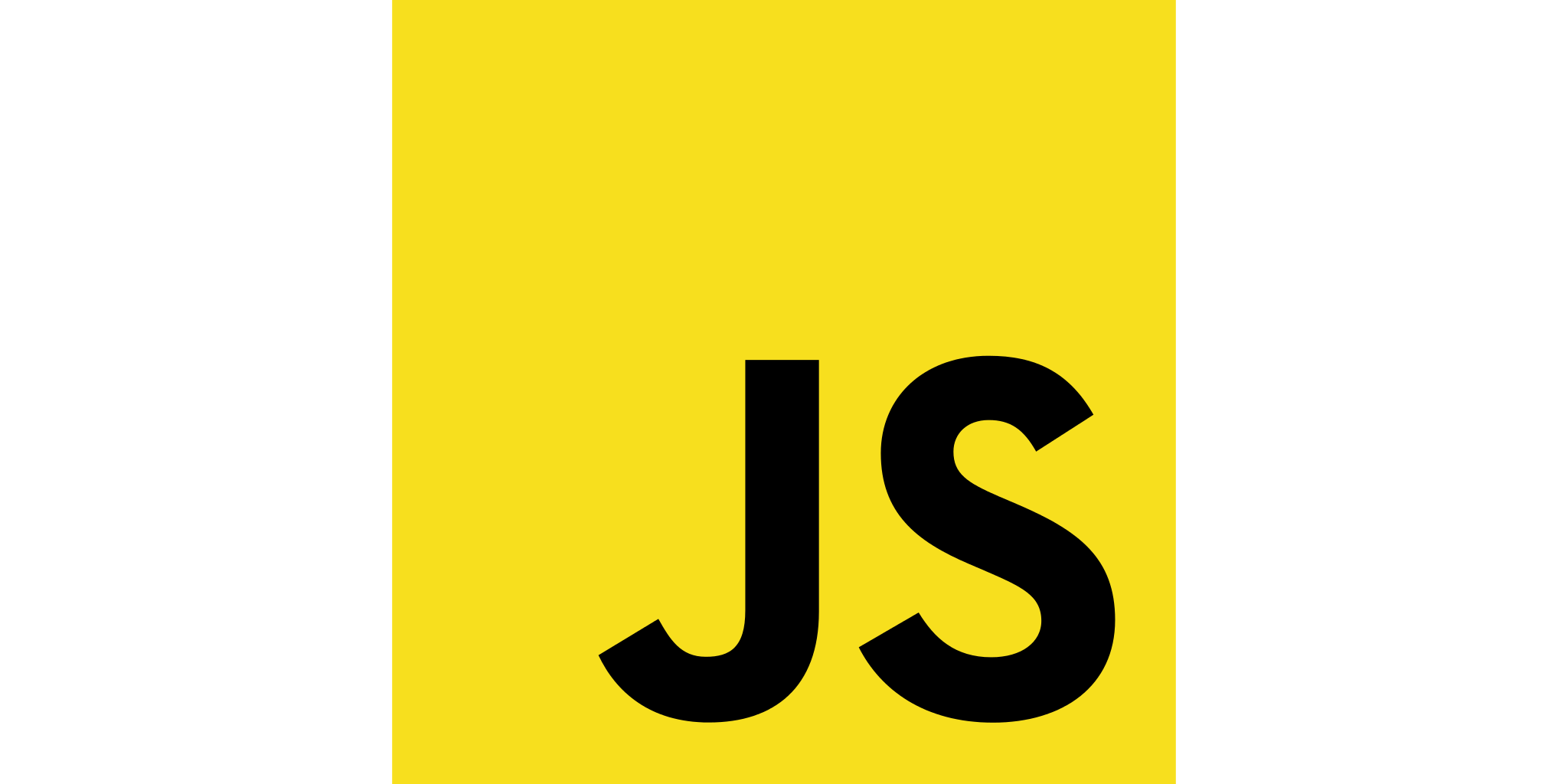JavaScript often abbreviated to JS is a client side scripting language. To be more accurate, JavaScript is the client side scripting language. If you visit a web page with any sort of interactivity, JavaScript is probably involved.
JavaScript is interpreted and executed by your web browser. Every popular web browser is capable of running JavaScript code out of the box, making it the undisputed standard in browser based programming.
Here’s a few examples of JavaScript use:
- Slide an element like a text box or menu onto the page with an animation.
- Update your cart total cost in an eCommerce store without reloading the page.
- Provide an analogue clock which visually ticks on a web page.
- Validate information in web forms before they get submitted. For example, you could check that a completed email address field really is an email address.
Background
The original JavaScript was built in 10 days by a guy called Brendan Eich working at Netscape.
The official name for JavaScript is actually ECMAScript. JavaScript became ECMAScript in 1996 when the initial creators of JavaScript, Netscape, handed the language over to ECMA International (once called the European Computer Manufacturers Association) to standardise the language and work on a specification for it. Because JavaScript was trademarked by Netscape, a new name was needed. Because none of the stakeholders involved could agree on a name, the working title ‘ECMAScript’ stuck. To this day, everyone still calls the language JavaScript, but it is often called ECMAScript in official documents.
JavaScript is a very active programming language, and is regularly updated. The current version is ECMAScript 7 released in June 2016. JavaScript is a language with several foibles, flaws and pitfalls that developers love to whinge about endlessly.
JavaScript Technologies
AJAX
The technology which cemented the dominance of JavaScript is AJAX. AJAX allows JavaScript to send requests to the server and receive a response without reloading the web page. This allows for the development of dynamic web pages which act similarly to desktop computer software.
JSON
JSON is used as a format for transporting data across the web and from application to application. JSON is a subset of the JavaScript language and became the most popular data format on the web, beating out XML.
Extending JavaScript
JavaScript has been extended with several libraries and frameworks, some of which are borderline essential to program effectively in JavaScript. By far the biggest is jQuery. Others include
- Bootstrap framework for front end development.
- AngularJS for building one page web applications.
- Modernizr for making websites compatible across browsers.
These libraries and frameworks are often themselves extended by additional libraries. A popular example is jQuery UI, which is built on top of jQuery.
Apart from these generalist tools, some JavaScript libraries are built for a more specific purpose. A few examples include:
- HighCharts library for building graphs and charts.
- Isotope for filtering and sorting grid based layouts. We use Isotope to sort projects on our portfolio page.
- Google Maps API JavaScript libraries for drawing on Google Maps, searching locations and much more.
Beyond Client Side Scripting
While JavaScript is best known as a language for client side scripting, it is also used for other purposes. Some examples include
- Server side scripting with node.js.
- Development task running with Grunt.js.
- Scripting in other software, for example LibreOffice and the Adobe Creative Suite.
Read More
Find out more about JavaScript at these resources.



